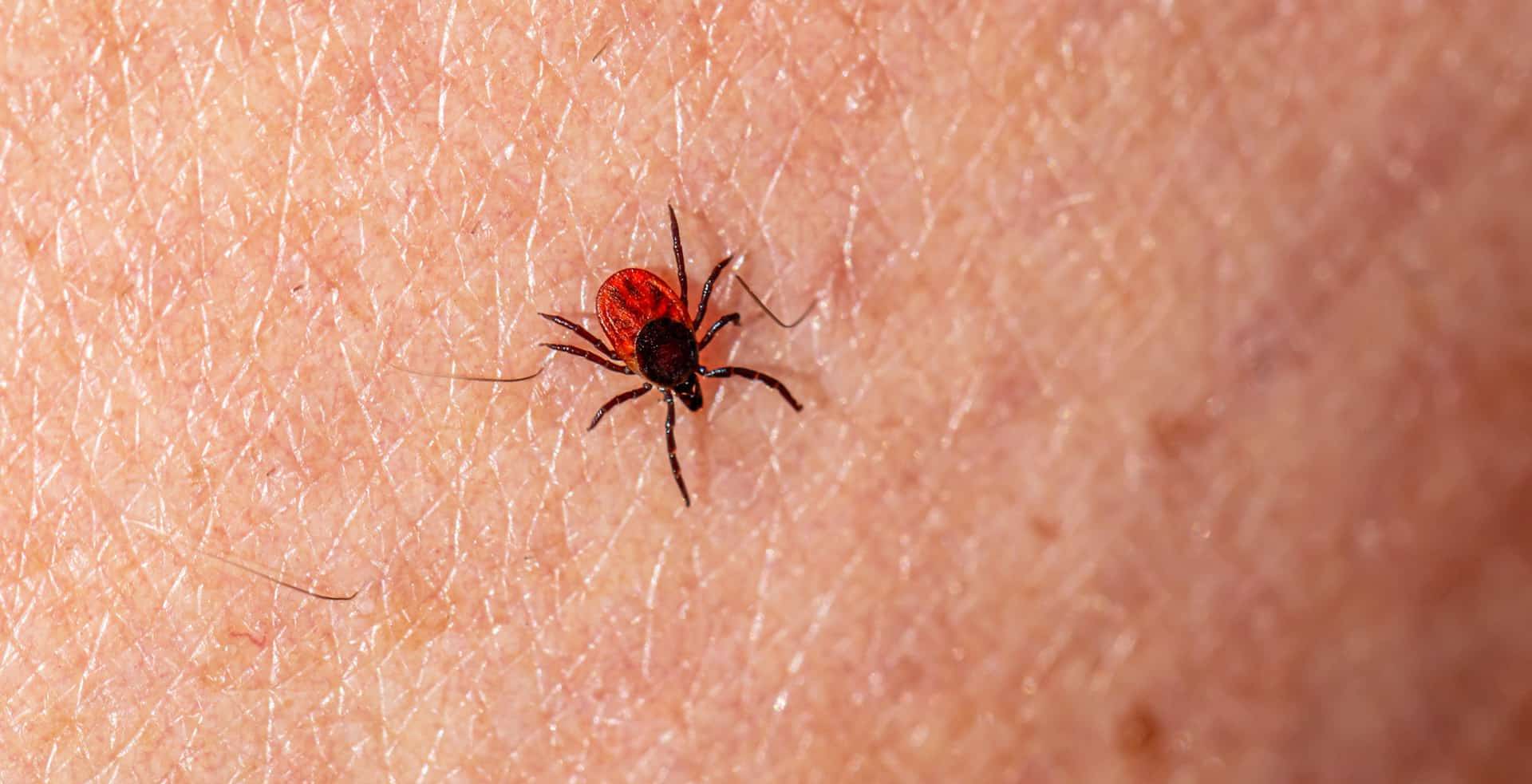
What Does a Lyme Disease Rash Look Like: Identifying Symptoms and Seeking Treatment
Lyme disease is a tick-borne illness that affects over 30,000 people every year in the United States alone. It can cause significant physical discomfort and even lead to long-term complications if left untreated. One of the most common symptoms of Lyme disease is a distinctive rash that appears after being bitten by an infected tick. However, since not all patients with Lyme disease develop this symptom, it's essential to understand how it looks like and what other warning signs to look out for. In this article, we'll explore the basics of identifying a Lyme disease rash, its associated symptoms, and when you should seek medical attention for prompt treatment.
Prevention and Protection Against Lyme Disease
To prevent Lyme disease, it's important to use appropriate protection when spending time in areas where ticks are likely to be present. This includes wearing long-sleeved shirts and pants, using insect repellent, and checking for ticks regularly. If you do find a tick attached to your skin, it's crucial to remove it properly and promptly as this can greatly reduce the risk of infection.
If someone is bitten by a tick and develops symptoms such as fever or headache within several weeks of the bite, they should seek medical attention immediately. Early diagnosis and treatment with antibiotics can be highly effective at preventing further complications associated with Lyme disease.
In addition to taking preventative measures against tick bites and seeking prompt medical attention if necessary, raising awareness about Lyme disease is also an essential part of protecting yourself from this condition. By educating yourself about its symptoms and staying up-to-date on preventative measures, you can help safeguard yourself against this potentially debilitating illness.
Seeking Diagnosis and Treatment for Lyme Disease
If you suspect that you may have Lyme disease, seek diagnosis and treatment from a healthcare professional as soon as possible. Diagnosis usually involves blood tests to detect antibodies to the bacteria that cause Lyme disease. Early detection is crucial for successful treatment, which typically involves antibiotics. Delayed or inadequate treatment can lead to more severe symptoms and complications that may be difficult to treat.
It's important to note that not all cases of Lyme disease present with a distinct rash or include symptoms at all in some cases. In those instances, it's essential to take any potential exposure into consideration when discussing with your doctor any intermittent symptoms affecting your overall health and well-being.
Early intervention is essential when dealing with Lyme disease management so make sure you are taking care of yourself by seeing a qualified medical professional if there is concern regarding possible contact with infected insects such as ticks - this can mitigate grave consequences down the line by ensuring proper diagnoses and timely treatments where necessary.
The Appearance of a Lyme Disease Rash: Characteristics and Variations
A Lyme disease rash can differ in appearance depending on the stage of infection and individual factors. Generally, it starts as a small red bump or papule that gradually expands into a circular or oval-shaped lesion with a distinctive bullseye pattern. The center of the rash may clear up while the outer ring remains swollen and inflamed, giving it an annular appearance.
In some cases, patients may experience multiple expanding lesions or scattered rashes across their body rather than a classic bullseye rash. These variants are more common in areas where Lyme disease is endemic but may be misdiagnosed as other skin conditions like eczema or allergic reactions.
It's worth noting that not everyone infected with Lyme disease develops a rash at all, and those who do may not notice it immediately after being bitten by an infected tick. Therefore, any unexplained flu-like symptoms coupled with recent exposure to ticks should prompt seeking medical attention for early intervention and treatment.
Other Symptoms of Lyme Disease to Look Out For
Along with the characteristic erythema migrans rash, there are several other symptoms of Lyme disease that patients should be aware of. These may appear days or even months after a tick bite, and they can vary in severity from mild to very serious. Fatigue is one common symptom, which can cause significant tiredness and weakness affecting day-to-day activities. Some patients also experience flu-like symptoms such as fever, chills, headache, sore throat and muscle aches.
Joint pain is another hallmark sign of Lyme disease; it often starts at the site where the tick bit but can spread throughout the body. Patients may feel stiffness, swelling and tenderness around joints like knees or elbows. In some cases, arthritis-like symptoms develop in which it becomes difficult to move the affected joint due to chronic inflammation that damages surrounding tissues as well.
People who suspect they have been exposed to ticks carrying Lyme disease should watch out for any combination of these signs and seek medical advice if they persist longer than a few weeks or progress into more complex conditions such as neurological disorders or heart complications.
APRIL 14, 2023
By Apr 27, 2023
By Apr 17, 2023
By Apr 12, 2023
By Apr 03, 2023
By Apr 03, 2023
By Oct 03, 2022
By Oct 01, 2022
By Sep 30, 2022
By Mar 12, 2019
By Mar 11, 2019










